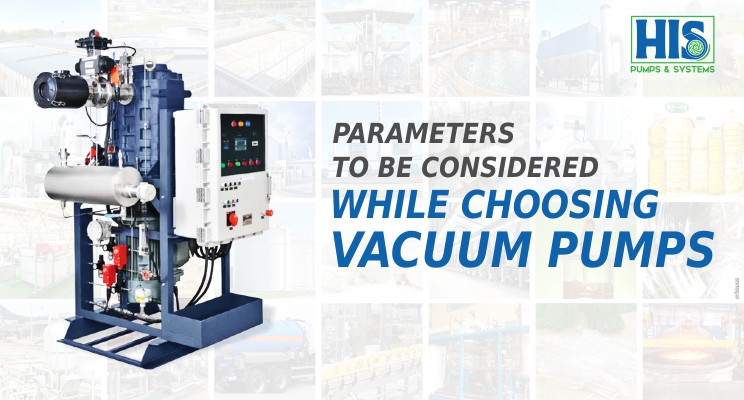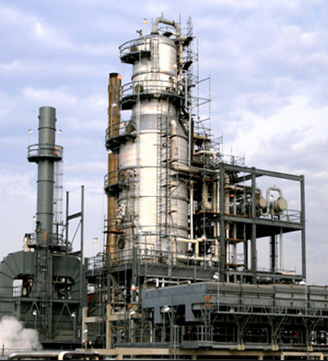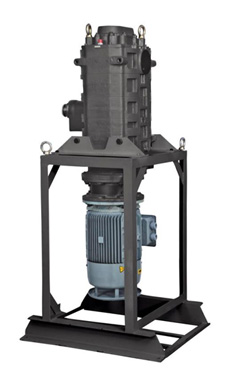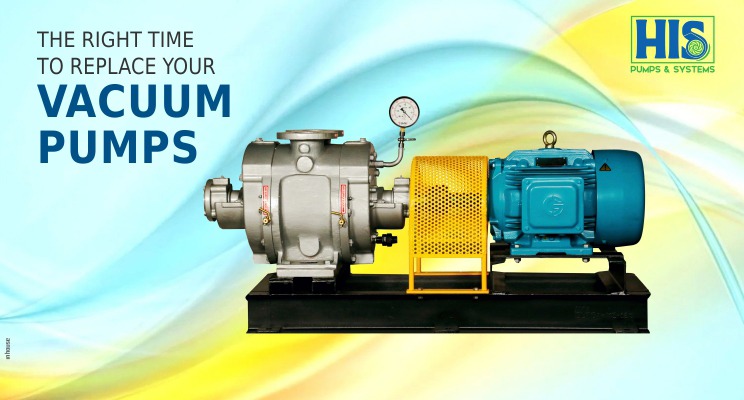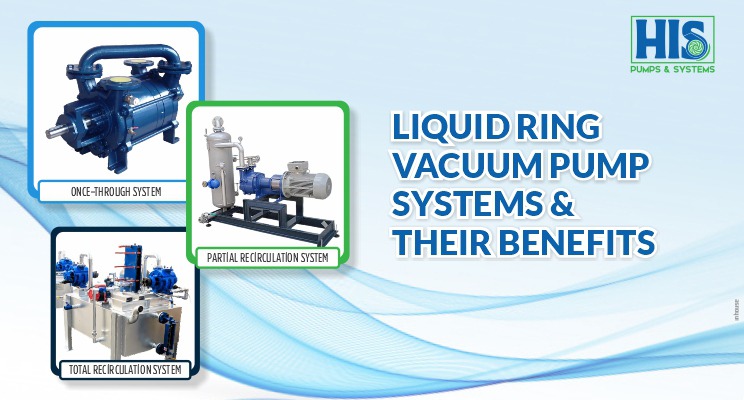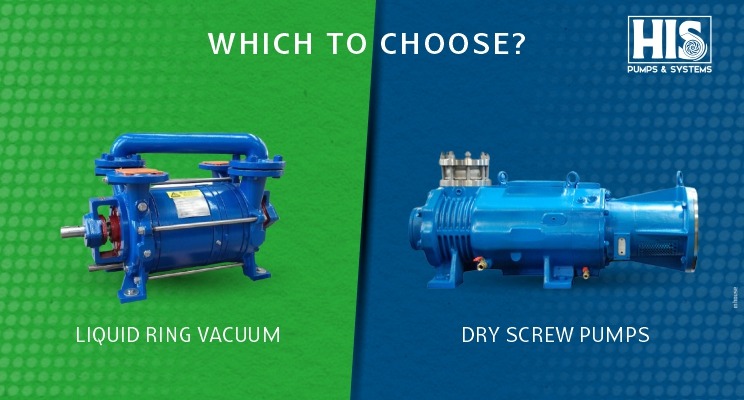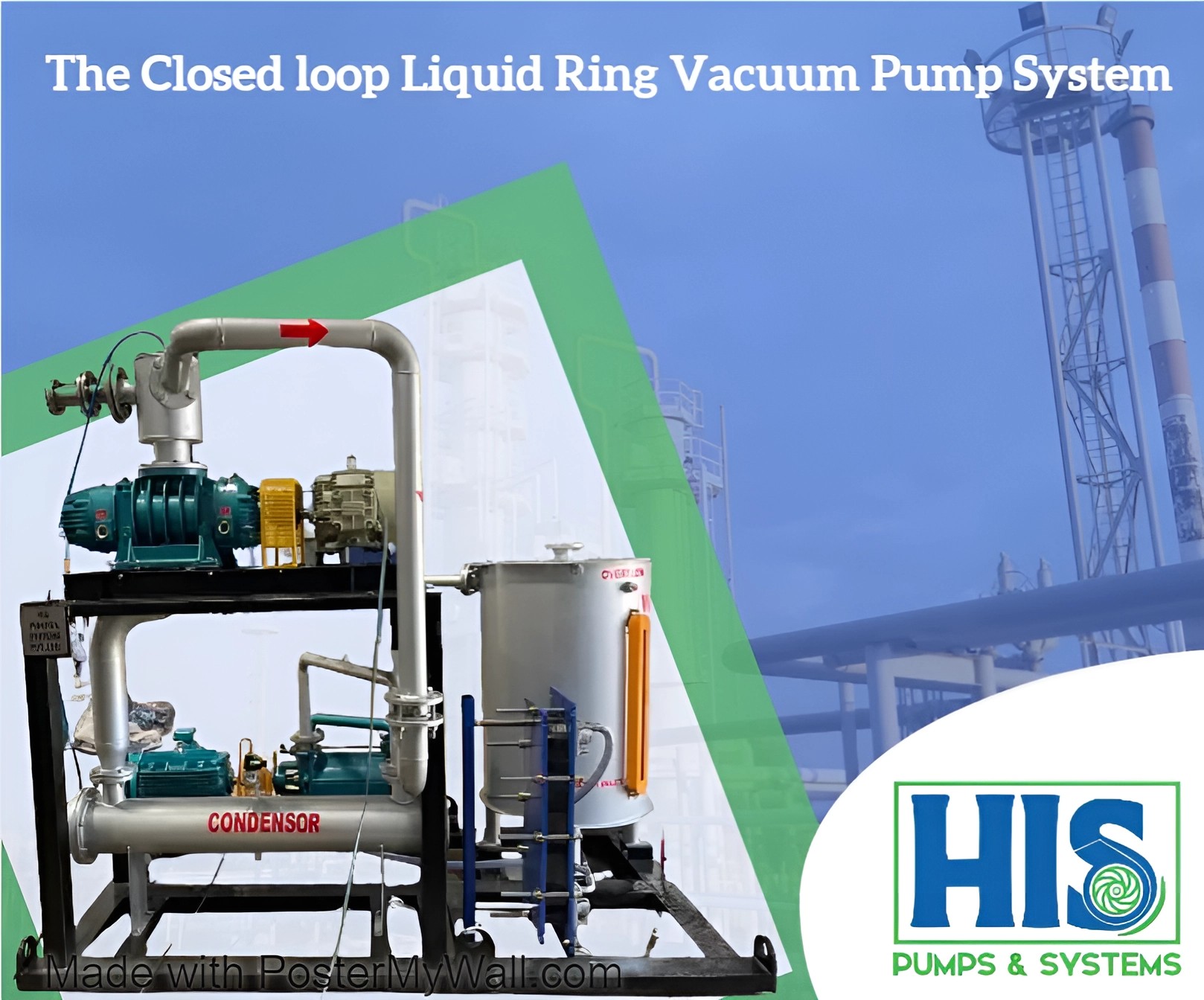Vacuum pumps are essential for keeping many industries such as chemical, pharmaceutical, woodworks, printing, electronics manufacturing, etc. afloat. All the applications in these industries would not be possible without vacuum power. That means choosing the right type of vacuum pump for a particular application is an important decision.
Now, you might be thinking that vacuum generation is nothing but plugging in the pump and starting it and waiting until the vacuum drops to the required level. No, it is not that simple. Many other factors also determine the selection of a type of pump and pumping capacity.
These factors affect a vacuum pump’s overall efficiency and competency. It is also essential to understand that every pump requires its process conditions, operating range, and its benefits and limitations. In this article, we will outline the following four factors to consider while selecting a vacuum pump.
-
Vacuum level
-
Application impact on pump
-
Pump impact on application
-
Cost and maintenance
1. Vacuum Level
The vacuum level is a significant factor as the pump selection is dependent on it. Various applications require different vacuum levels. Also, different types of pumps pull different pressure levels. The typical classification and pressure ranges in vacuum technology are;
-
Rough vacuum ranges from 103 mbar to 1 mbar
-
Medium vacuum ranges from 1 mbar to 10 -3 mbar
-
High vacuum ranges from 10 -3 mbar to 10 -7 mbar
-
Ultra-high vacuum ranges from 10 -7 mbar to 10 -12 mbar
-
Extreme high vacuum ranges less than 10 -12 mbar
Hence while selecting a pump, you should first consider whether your pump requires a consistent vacuum level or focuses more on pump downtime. For example, a liquid ring pump operates to 25-35 Torr of vacuum, which is not suitable for an application requiring good gas flow at less than 1 Torr.
2. Application Impact on Pump
The selection of a pump will vary depending upon the area of application and medium to be pumped. For example, Dry Vacuum Pump provides a hydrocarbon-free vacuum and is used for chemical and pharmaceutical processes that do not include dust or dirt. On the other hand, oil-sealed rotary vane pumps use oil as a lubricant for various functions, such as freeze-drying, industrial and coating activities include dirt and dust, or sometimes condensates also. Thus, taking this into account, the impact of the process on selected pump technology needs to be assessed carefully and the potential use of the following variables.
-
Corrosive gases or mixtures such as chlorine
-
Dust or debris from the process
-
High gas throughput
-
Frequent venting
-
Mechanical movements or shocks
-
Vibrations
-
Electric and magnetic fields
-
Heat radiation loaded during baking or by evaporators on the pump
-
Radiation such as X-rays
3. Pump Impact on Application
Assessing the impact of a vacuum pump on the application or process is also essential while choosing a pump. Many variables can influence the vacuum pump choice; for example, the hydrocarbon free vacuum is not produced by rotary vane pumps due to oil emissions, whereas though Dry Vacuum Pump provide hydrocarbon free vacuum, they carry the risk of particle emission due to wearing down of lip seal
-
Oil or hydrocarbon emission
-
Vibration produced by the pump
-
Heat, Particle, EMC or noise emissions
-
Magnetic field produced by the pump
-
Energy consumption
4. Cost and Maintenance
Along with the initial investment cost, there is another cost associated with operation and maintenance. For example, the initial cost of a Dry Vacuum Pump is significantly higher than the oil sealed pump whereas, considering the maintenance cost for five years, oil sealed pumps cost more due to higher energy and maintenance. Hence factors such as saving energy, reducing the frequency of oil changes, and having maximum pump availability due to non-wearing points should also be considered when selecting pumps based on costs.
Final Words
Thus, from the above article, It is important to understand how pumps impact the process and the same way processes impact the pumps. It is also important to understand that factors like vacuum level needs, pumping speeds, and operation and maintenance costs should be considered while choosing a pump. Choosing the wrong pump can damage your operation if the pump does not perform well and can become an expensive option.
